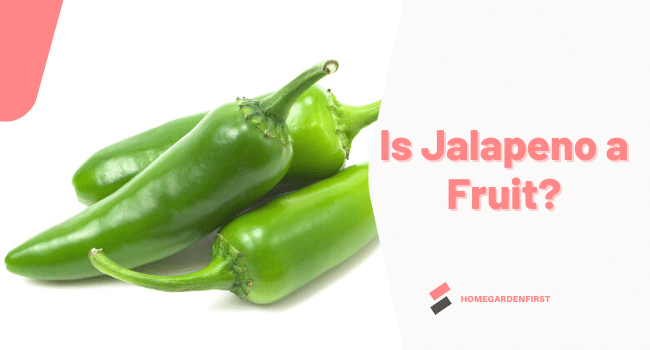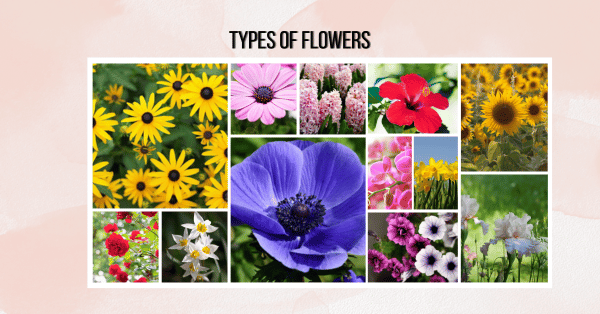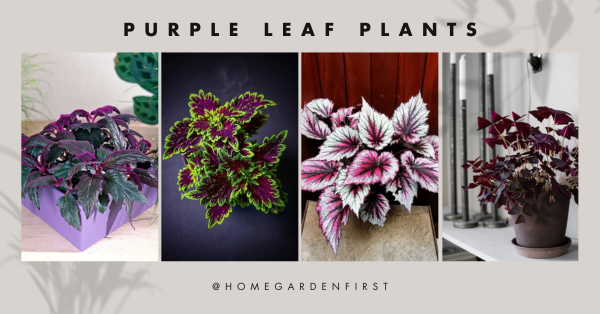How to Grow Red Spider Lily in Container | Red Spider Lily Care
Red spider lily houseplant does not require special care and is easy to grow. Learn how to grow Red spider lily in a cinch by going through this post!
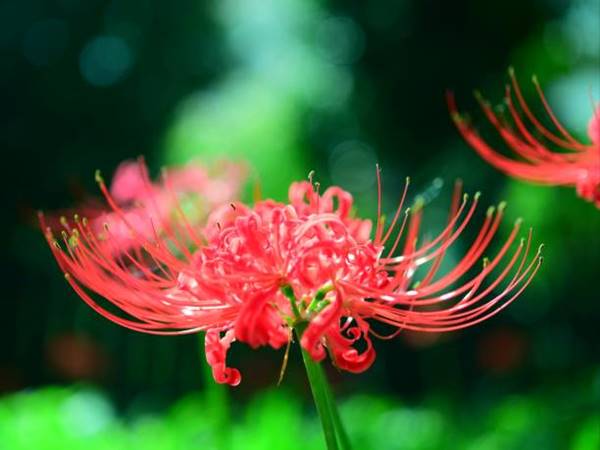
Red spider lily is an easy to grow houseplant that can brighten up any space, be it your home or backyard. What makes it stand apart are the bright red blooms that collectively make an umbrella-shaped canopy on the top. Blooming from late summer to early fall, its flowers have curling petals and stamens, giving the blooms a sensual appeal. An interesting thing about the naked lily plant is that it blooms after shedding the leaves during summer; that’s why the stems are bare; hence this common name. Here is all you need to know about growing red spider lily plant in the container!
USDA Zones: 6-10
Scientific Name: Lycoris radiata
Common Names: Red spider lily, Red magic lily, Naked lily, Hurricane flower, Red surprise lily, or Equinox flower
How to Grow Red Spider Lily in Container
Choose a location that where it receives full sun to partial shade. Go for a deep pot with a minimum depth of 18 inches & drainage holes at the bottom. Water moderately in the growing season and discontinue watering in summers as the plant is in the dormant stage. Well-draining soil rich in organic matter & does not turn soggy due to watering is ideal.
Propagating Red Spider Lily
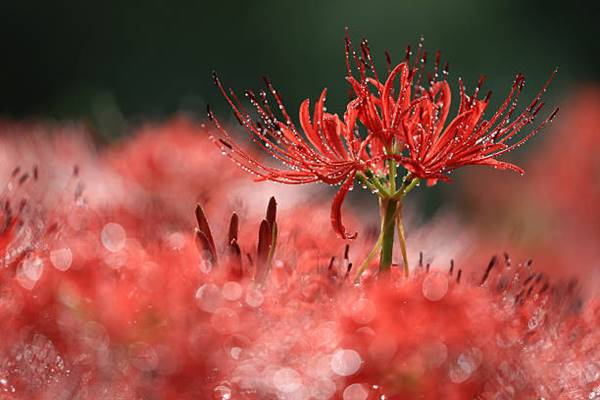
Propagate red spider lily from the bulbs, which you can get from the local nursery or garden store. If you already own the spider lily plant, you can propagate it by division. The ideal time to propagate is in the fall or the early spring. Here are the steps to propagate the red spider lily plant.
- Divide the bulbs carefully, making sure not to damage the bulbs and roots, or you can also buy the bulb from any garden center.
- Scoop out the soil from the center of the container and plant the bulb in the container.
- Plant in a manner that the neck of the bulb is at the surface or slightly above it.
- If you plan to plant more than one bulb in the container, make sure they are spaced a minimum of 8 inches apart.
- Water moderately but regularly, making sure not to overwater.
- Soon new growth emerges from the bulb, and you have successfully propagated red spider lily.
Choosing the Container
Take into consideration the deep root system of red spider lily when you plan to grow them in the container. Ensure the container is at least 18 inches deep and has drainage holes at the bottom to get rid of excess water. Barrel, large tub, or any other container that’s deep enough to provide space for the roots will do just fine!
Location
Locate the pot somewhere it receives full sun to partial shade. Windowsill or balcony is suitable as here it receives ample sun but is protected from the afternoon sunlight. Placing the plant in partial shade promotes flowering and aids in early flowering. So, growing naked lily indoors does have this advantage!
Soil
Choose soil that’s well-draining and rich in organic matter with moderate moisture-holding capacity. Amend the soil with aged organic compost at the time of planting to increase the availability of organic matter in the soil.
Watering
When the buds start to form, keep the soil moderately moist but never overwater in the growing season. However, it might seem unusual but take special note not to water during summers. As the naked lily become dormant in summers, keep watering to minimal as excess watering during this period can lead to bulb rot. That’s why it’s best to grow it in containers if you have wet summers in your region!
NOTE: The root system of Red Spider Lily is deep, which helps it tap into water reserves when grown in the ground.
Red Spider Lily Care
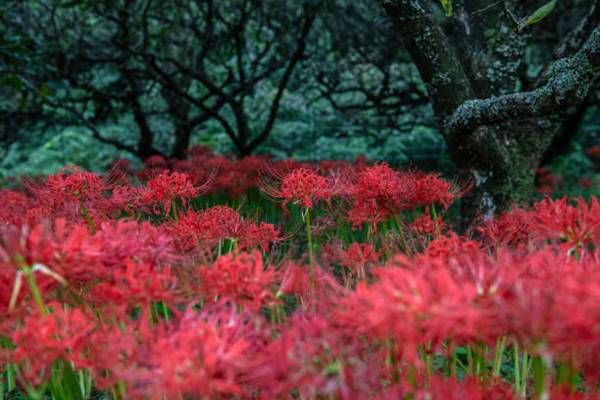
Fertilizer
Fertilize the plant during early springs and again after the fall when the spider lily is done blooming. In early spring, go for a granulated nitrogen-rich fertilizer that will aid in lush foliage growth. Whereas after fall, apply a phosphorous-rich fertilizer as it’ll strengthen the bulb to withstand winter cold. Amend the top two inches of the soil with fertilizer and water well. Make sure not to disturb the roots!
Mulching
Add a layer of 2-3 inches of organic mulch such as ground bark, paddy straw, or grass clippings to the top of the soil. Mulch retains the excess moisture from the soil protecting the bulb from rot. Also, in regions where the temperature falls below freezing, it protects the red spider lily from cold damage.
Pests and Diseases
Common garden pests tend to leave this plant alone, adding bonus points to its low-maintenance nature. In the garden, slugs can bother it, which you can easily redirect by placing a small container filled with beer near the plant. Bulb rot can occur due to overwatering or watering in summers!
Red Spider Lily Toxicity
The bulb of is toxic and, when consumed, can lead to abdominal pain, nausea, vomiting, and diarrhea. When it comes to pets such as cats and dogs, there isn’t much to worry about, as it’s highly unlikely they’ll dig out the bulb. In the garden, deer, rabbits, and other critters steer clear of this plant.


